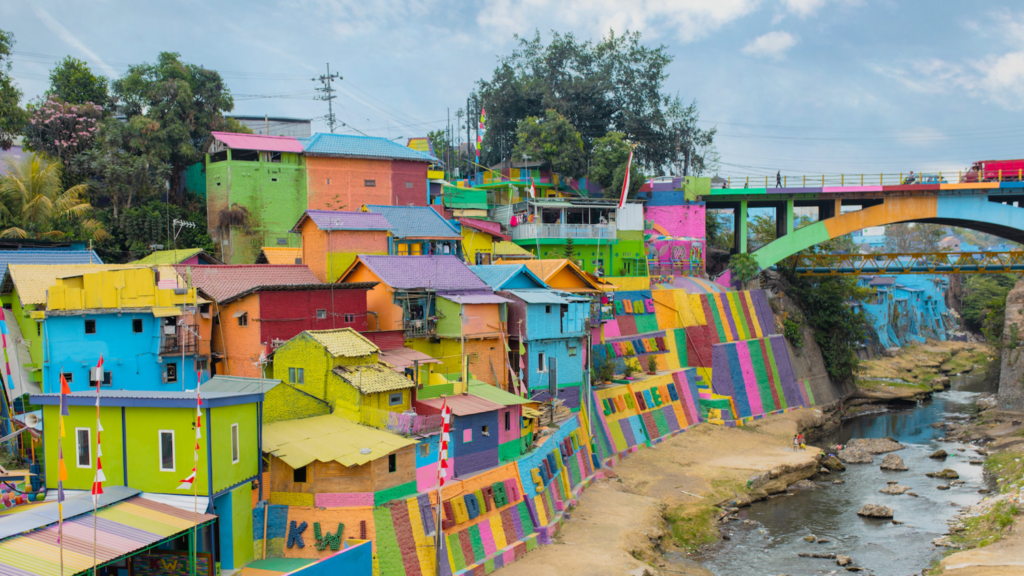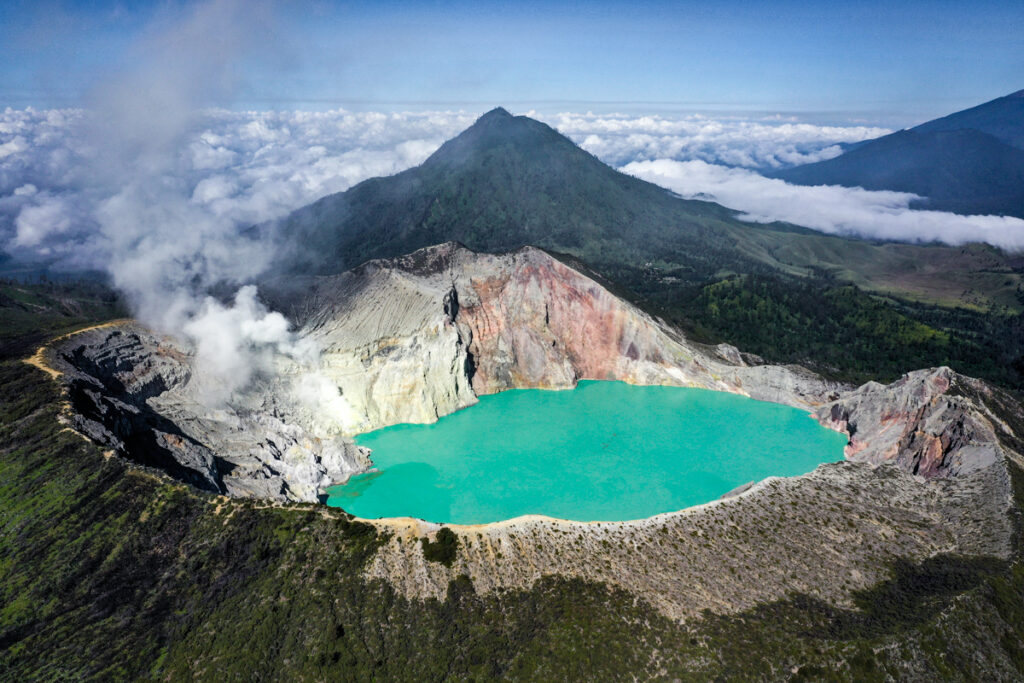Java, Indonesia is a beautiful island with many places undiscovered by tourism. Java is more than 20 times larger than her in Bali. Bypassing Java is very easy. This 8-day Central and East Java itinerary guide visits the most impressive waterfalls, temples, rainbow and blue villages, tea plantations and mountains. Bromo and Ijen craters.

Central and East Java Travel Guide
Java is just an hour flight from Bali and can easily be combined with a route through Bali. Javanese locals are the friendliest in Indonesia. Everyone is very interested in where you are from and always wants to take a selfie with you.
Java has one of Indonesia’s most beautiful waterfalls he, and Indonesia’s largest Hindu complex is located in Yogyakarta. Each chapter of this 8-day itinerary of his through Central and East Java contains links to more information on that particular topic.
Days 1-3: Explore Yogyakarta
The creative capital of Yogyakarta in Central Java is the beginning of your Java itinerary. This relatively small city is popular with both Indonesian and international students.
Prambanan and Borobudur are the highlights of Yogyakarta, but there is much more to see in the area. Yogyakarta has an international airport and is easily accessible from Singapore and Bali.

Day 4: Train from Yogyakarta to Malang
Arrive at Tugu station in Yogyakarta in the morning. Take the train at 7am:
45 o’clock heading to Malang. Malioboro Express has a journey time of his 8 hours and is arguably one of the most comfortable train journeys in Asia. Spend the rest of your time resting and exploring the rainbow village of Jodipan.
Days 5-6: Malang, rainbow village, waterfall
Located in the highlands of East Java, Malang has a much more pleasant climate than Yogyakarta. Spend 2 days exploring Malang, a colorful Javanese village and Indonesia’s most beautiful waterfall. Malang is an integral part of this Java travel guide.
On your final day, head to Bromo for sunrise the next morning. Don’t forget to stop at Coban He Pelangi on your way to Bromo.

Day 7: Bromo sunrise
Watching the sunrise in the mountains is a must on any route around Java. bromine. Get off early and hop aboard a jeep to one of the many viewpoints to explore the Sea of Sands and peer inside Bromo Crater. On the same day, move to a town near Ijen Crater. We recommend visiting Bromo and Ijen as part of a 2-day tour.
Day 8: Walk Ijen Crater
Ijen Crater is a sulfur miner’s mine who carries 50 kg of sulfur on his shoulders and climbs up and down the crater three times a day (1.5 hours each time). Watching the ‘blue fire’ and sunrise are popular activities. You have to start climbing at 2am to see the blue flames. This is definitely the hardest trek in this Java travel guide.
After this experience, have breakfast at the base camp and take the ferry to Bali. It takes only 30 minutes by ferry from Java to Bali. It runs 24 hours a day, every hour and costs around 8000 IDR.

How to travel in Java?
The best way to get around is by private vehicle and train.

Optimal travel time in Java
Java is best visited between he April and he November. Don’t let the average temperature of 28 degrees fool you. 0-10 degrees when visiting Bromo and Ijen, so layers are needed. Be aware that during the dry season (May-September) the paddy fields may turn into tobacco and the falls may become less active.
Javanese food
The taste of Java is just amazing. Expect a large selection of delicious Indonesian dishes. There are western restaurants in big towns.
Tips: The Nasi Pecel was our absolute number one dish.

Java route guide: travel expenses
- Hotel: $35 – $100 / night
- Meal: $15/day
- SIM card: $2 / 6GB
- Transport: $10/day
- Guesthouse: $15/night
SIM card in Java
Telkomsel and XL Axiata are the island wide providers with the widest coverage. Some providers don’t work outside the city where you bought the SIM card, or they don’t work in Bromo or Ijen. The XL works everywhere, has a good connection and for 6 GB of data he paid 30000 IDR (2 USD).
